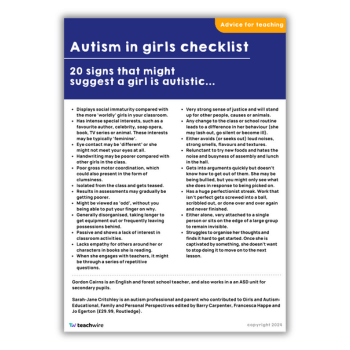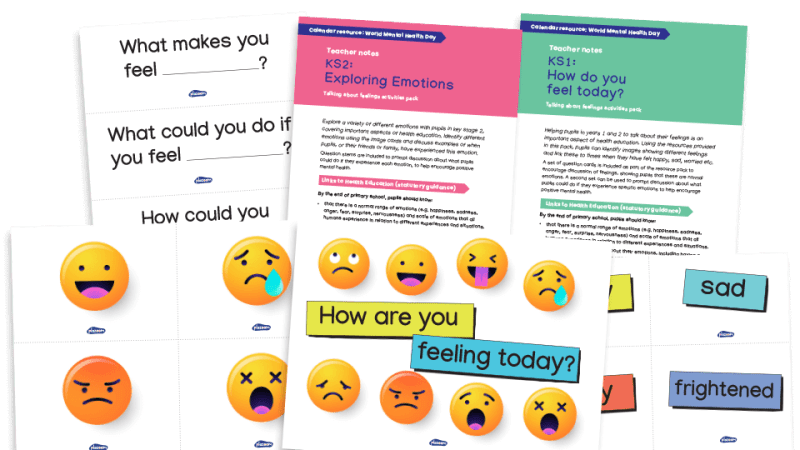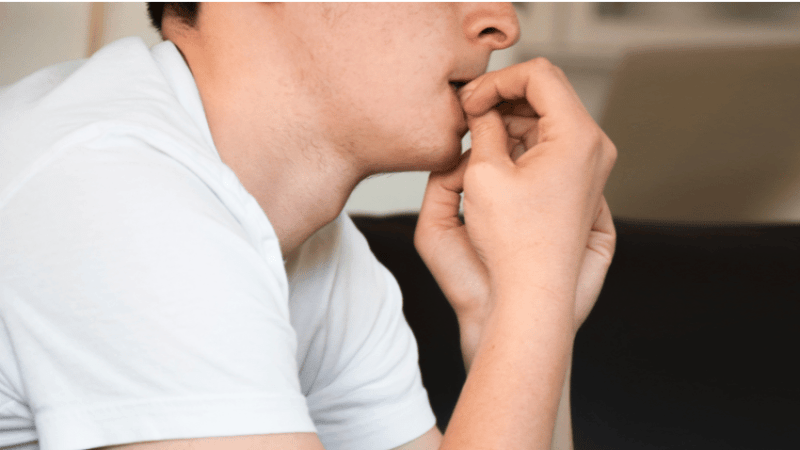How to Spot Signs of Self-Harm in Students

Dr Asha Patel shows you the steps to take to keep young people safe

According to the Mental Health Foundation, 10% of young people self-harm. That’s two or three in every classroom, and the figures may be even higher as many of those who do self-harm do not tell others.
If they’ve never had first-hand experience of a pupil self-harming some teachers may find it hard to believe that the numbers are so high, but official figures show that the UK has the highest number in Europe. Every year our Accident and Emergency departments report 200,000 cases of self-harming.
How to spot the signs
If you know your learners well you may realise that something is not right fairly early on. The signs might be quite nebulous at first: irritability and mood changes, avoiding people and poor marks for school work.
However, these are common in adolescents, and could mean many things. So look out for injuries such as cuts, bruises or cigarette burns, and keep an eye on children who keep covered up even in hot weather.
What’s next?
If you suspect a child is self-harming you need to have a talk so you can explore this further.
You may ask about when they started to harm themselves, what they do and how they feel it helps.
If you don’t feel comfortable having that conversation, find someone who can.
It might be a trained Mental Health First Aider, someone with responsibility for safeguarding or a member of the pastoral team.
Someone at the school needs to assess the risk and signpost the student to appropriate professional help.
How to talk to a student who self-harms
It is important that whoever talks to the child takes a non-judgemental approach. Self-harming is not a cry for help or attention seeking behaviour, it is a coping strategy that works for them.
And unless there are very good reasons not to, you will need to talk to the parents too. Sometimes families will not be aware of the problem. This is especially likely if the parents have separated and the child divides their time between different homes.
Sometimes children are very particular about what form the help can take.
We worked with a student who told his teaching assistant (TA) that he was cutting his arms. He was insistent that he did not want to talk to anyone else, so we acted as advisors to his TA and she asked him why and when he was self-harming and how often.
We helped her to write a ‘therapeutic letter’ that acknowledged the student’s problem and expressed both understanding and acceptance of his experience. At the end of the letter we included helpline numbers and useful websites.
The student never replied but we heard that he had kept the letter and read it to his mother which started productive conversations at home.
But what about your mental health?
In our experience, three things will help you when dealing with students who self-harm:
- Talk:
arrange for a debrief as soon as possible with another member of staff. The debrief needs to include questions such as, ‘How did you feel at the time?’ ‘How do you feel now?’ Acknowledging your emotional state during and after working with a child who is self-harming can help you process the information you have received - Look after yourself:
make time for you, have a bath, go for a walk and make sure you engage in activities that you enjoy. This will help to put some balance back in your life - Seek specialist support if you feel it will help:
ask to speak to a health care professional. This is not a sign of weakness but a sensible step towards coping with stress. It is more common than you thin: at times 70% of our input is supporting teachers’ mental health
It is vital that school staff look after their own emotional wellbeing as this will ensure they have the capacity to support young people who are experiencing emotional and mental health difficulties.
Dr Asha Patel is CEO of Innovating Minds and has been involved in the development of distrACT, a free app for young people who are self-harming or are at risk. It covers:
distrACT is available from both the App Store and Google Play.







